#tibetan buddhism
Text

Asa Hershoff (Lama Asa) — Rainbow Body, Part 7 (thangka, 2020)
620 notes
·
View notes
Text

Look!
This is your world!
You can't not look.
There is no other world.
This is your world; it is your feast.
You inherited this; you inherited these eyeballs; you inherited this world of color.
Look at the greatness of the whole thing. Look!
Don't hesitate - look!
Open your eyes.
Don't blink,
and look, look - look further.
~ Chögyam Trungpa
157 notes
·
View notes
Text
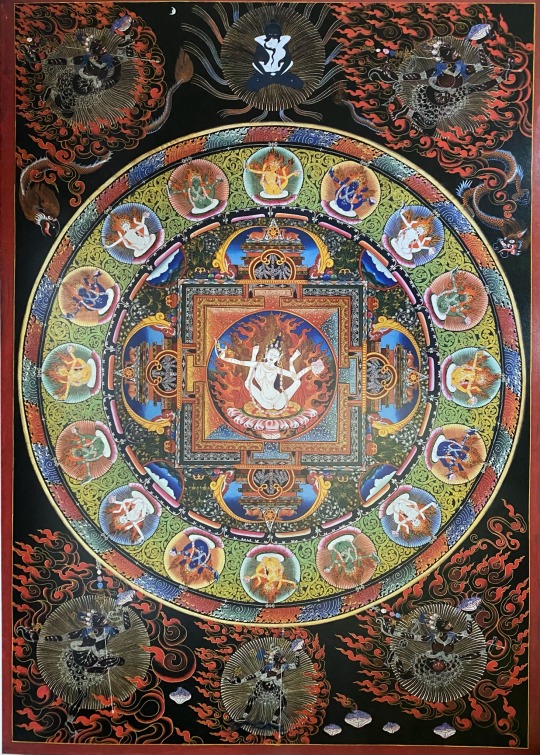

“Dakini Mandala: Gateway to Celestial Bliss” by Romio Shrestha, with text by Ian A. Baker.
From “Celestial Gallery” (2000).
162 notes
·
View notes
Text
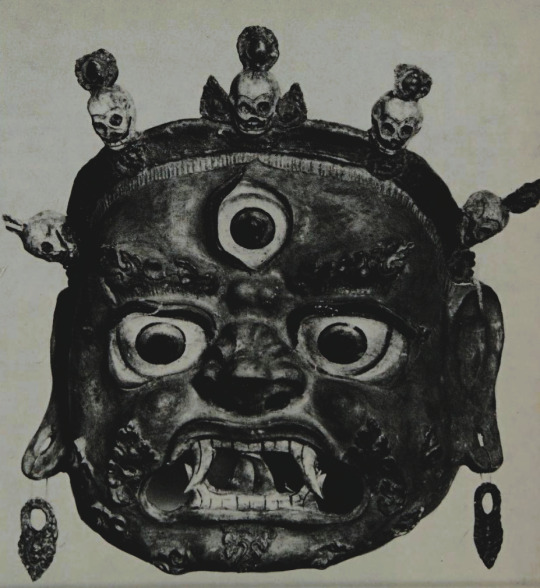
#tibetan buddhism#buddhist art#art#art history#mask#mahakala#buddhist#ancient#history#ancient civilizations#black and white#b&w picture#b&w#mythology#asia#asian#void#image#archeology#buddhist science#science#folk magic#folklore#magick#witchcraft
511 notes
·
View notes
Text

Central to the nuns’ identity is their proficiency in martial arts. Jigme Rupa (all nuns’ names are prefixed with Jigme) uses a sword to practise her skills outside the main temple. Among the eight ‘mystical’ weapons that can be used in martial arts, Rupa says her favourite is a sword.
Photograph by Skanda Gautam
211 notes
·
View notes
Text
“The planet does not need more 'successful people'. The planet desperately needs more peacemakers, healers, restorers, storytellers and lovers of all kinds.”
-the Dalai Lama
#buddhism#tibetan buddhism#capitalism#capitalist hell#capitalist dystopia#anti capitalist#eat the rich#eat the fucking rich#fuck capitalism#you cannot eat money
114 notes
·
View notes
Text
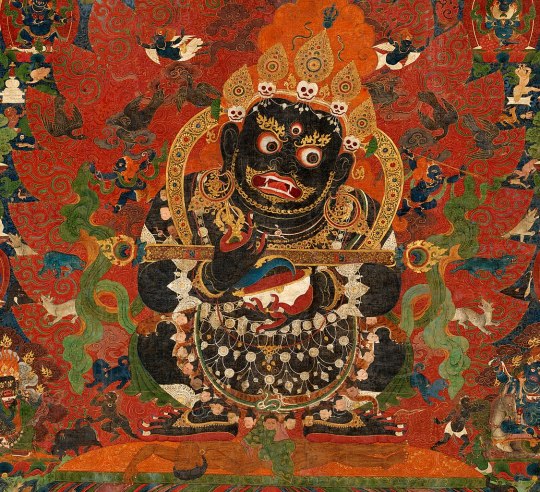
« Mahakala, Protector of the Tent » (Unknown Artist)
#art#artwork#painting#paintings#thangka#tibetan art#tibet#tibetan buddhism#mahakala#colorful#colourful#reds#greens#oranges#golds#blacks#distemper on cloth#cloth#distemper
134 notes
·
View notes
Note
The word "tulpa" is used first by Alexandra-David Néel (Belgian-French buddhist anarchist) and phoneticized from "sprul-pa" (also rendered as "trulpa"). You can also trace the term back to sanskrit as "Nirmita".
The concept of an apparition is Buddhism can be attributed to aṣṭamāyopamā (sanskrit) or the 8 similes of illusion, which are basically metaphors for explaining how something can be perceived without it actually existing in the physical world. Apparitions (Nirmita) is the 8th simile.
She visited Lhasa in Tibet, a place which was inaccessible to foreigners at the time, and wrote the books "My Journey to Lhasa" and "Magic and Mystery in Tibet", where she explains what she learned in het journey. She then coined the term "tulpa", which spread to westerners of New Age practices as a type of thought-form.
Thought-forms in mysticism are attested by the book "Thought-Forms: A Record of Clairvoyant Investigation", which explains how many theosophists believe that thoughts are not simply a subjective thing that is confined in the human mind, but that they are "things" which have intrinsic properties. These thought-forms have principles (colour, form and clearness are determined by the type of thought) and classes (thought-forms can have certain forms which express the thought's inherent properties).
Tulpamancy today is not related to thought-forms.
Tulpamancy as it is today started, funnily enough, on 4chan - specifically in the paranormal board /x/ and subsequently the My Little Pony board /mlp/. Before that, the process of creating a tulpa was not known to people, and it generally involved ritualistic or metaphysical practices.
In /x/, some people began (in my opinion kind of haphazardly) making tulpas, and they reported their success. They then began writing guides which were freely shared in the community.
The real "explosion" in popularity started in the /mlp/ board, where topics of tulpamancy started popping up, which interested a lot of users. This snowballed into the creation of a forum ane a subreddit for the community (which were founded only after a Tulpamancy IRC was created, mostly made up of /x/ board users).
The approach to tulpamancy at this time was mostly psychological, instead of the previously metaphysical view of the practice.
The practice of tulpamancy and the practice of creating emanations are very different from each other, with the only similarity being the name (with "tulpa" only being a phoneticization of the tibetan term).
With the argument of cultural appropriation in the tulpamancy community, we need to first define what cultural appropriation is in the context of word usage.
Cultural appropriation in the context of word usage refers to the adoption or use of words from another culture without understanding or respecting their cultural significance, often resulting in the trivialization, misrepresentation, or exploitation of the originating culture.
Is the usage of the word "tulpa" mocking the original practice? Not really I don't think. The word "tulpa", while it was coined by a buddhist is generally not used when referring to emanations. (What I am about to say is personal experience, keep that in mind) Most buddhists I have spoken to at most will have a fear of non-buddhist practices and ideas being wrongfully thought of as being buddhist, which may have been a problem in the past when tulpamancy was indeed though of as a buddhist practice, but now the community fully separates itself from any religion or spiritual practice.
Here's a link to a post on /r/Tulpas on reddit from a Tibetan Buddhist with an emanation:
https://www.reddit.com/r/Tulpas/comments/unt6h7/i_am_a_tibetan_buddhist_with_an_emanation_tulpa/
---
What do you think about this, Sophie? I found it as a kind of copypasta to explain how tulpamancy is not cultural appropriation.
It's a pretty good overview! 😁
Appropriation topics are always tricky, but to me this conversation comes down to two question. The first is if the original tulpa from Alexandra David-Neel was appropriative. In my opinion, while it may have veered away from the Tibetan sprul-pa in some ways, it was created by a Buddhist convert with the aid of Tibetan translators like Lama Kazi Dawa Samdup. For this reason, the original ADN tulpa is generally considered more a result of cultural exchange.
I do think treating the ADN tulpa as an authentic Buddhist practice might be harmful, but it would be unfair to say it was made without regard to the original culture. (I would also say that it's hard to judge how much of this was indeed an authentic Tibetan Buddhist practice or not. Most people who have said it isn't are looking at current Buddhist practices 100 years later after an invasion by China destroyed many religious texts and records and heavily suppressed the religion.)
The second question is if modern versions of the tulpa are appropriative. And I don't consider this to be the case. Modern tulpamancy, while born from ADN tulpa, mostly just uses the words and general concept. As you say, the big problem within Buddhist circles is certain practices being falsely presented as Buddhist, muddying the waters. Over the last decade, the tulpamancy community has made a strong effort in distancing themselves from Tibetan Buddhism and tulpa's etymology.
...
Here's the direct link to the Reddit post from the Tibetan Buddhist with the emanation:
#tulpa#tulpamancy#buddhism#tibetan buddhism#syscourse#pro endogenic#pro endo#multiplicity#plurality#pro tulpa#endogenic#religion#cultural exchange#plural#systems#system#plural system#tulpagenic#actually plural#actually a system
26 notes
·
View notes
Text
tulpamancy terminology: listening to those affected
hello all!
we’ve put together a google doc recently with links to posts, articles, and testimonies by buddhists, asians, and/or tibetans regarding tulpamancy language and the harm it causes to the marginalized groups directly affected.
you can check out the google doc below!
a few things to note:
if you would like us to add a link, please reach out to us with the link in question so we can add it to the list!
if you have made a post that’s been added to this list and would like to have it removed, get in touch and we will take it down asap.
we will continue to update this document as we find more links to add. thank you very much for reading - feel free to reblog this post or snag the link to share wherever you wish!
#syscourse#tulpamancy#tulpa#anti tulpa#pro endo#anti endo#tibet#tibetan buddhism#not sure how to tag this accurately - we hope these tags are okay!
84 notes
·
View notes
Text

Tsherin Sherpa — Things That Pop in My Mind (acrylic and gold leaf on panel, 2009)
143 notes
·
View notes
Text
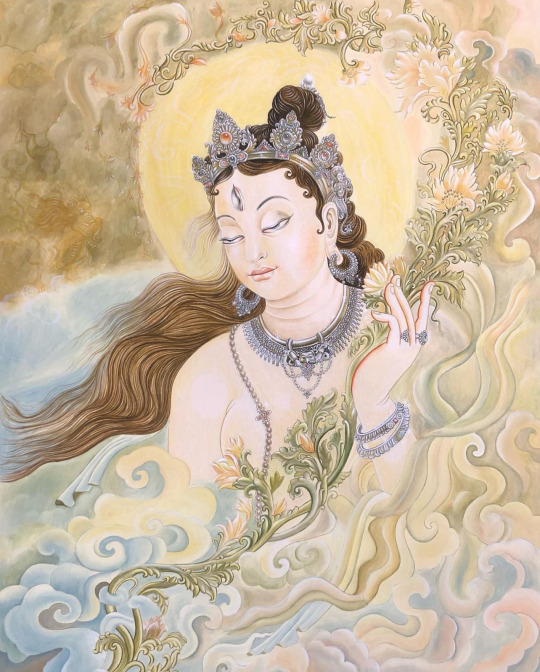
White Tara, the female Buddha of longevity.
Tara is a completely enlightened buddha and as a young bodhisattva she promised always to appear in the form of a female bodhisattva and goddess for the benefit of all beings and especially to protect from the eight fears. In this white form she appears specifically for the purpose of bestowing longevity.
#buddha#buddhist#buddhism#dharma#sangha#mahayana#zen#milarepa#tibetan buddhism#thich nhat hanh#white tara
133 notes
·
View notes
Text

“Mandala of Padmapani: Savior of Great Compassion” by Romio Shrestha (2000)
Mandalas can be used as an object of meditation, helping to improve your ability to concentrate, focus, direct and sustain your attention. This will then assist in activating your higher centres.
In performing this practice you should allow yourself to spend as much time as you need to focus on different parts of the image, letting different symbols unfold their meanings, associations and relationships.
This is a journey inwards.
142 notes
·
View notes
Text


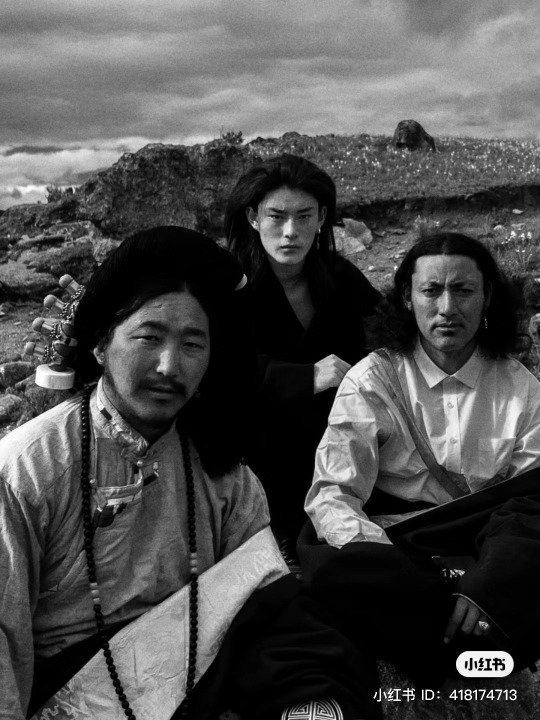

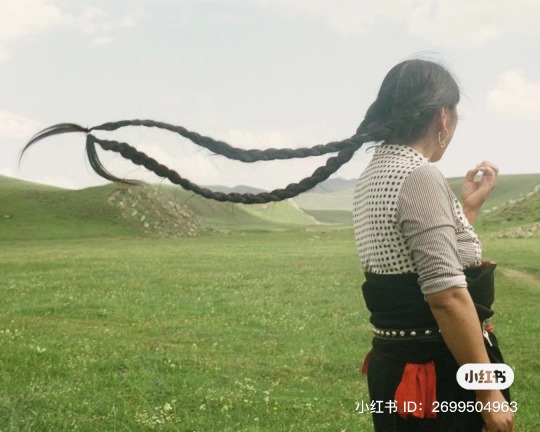
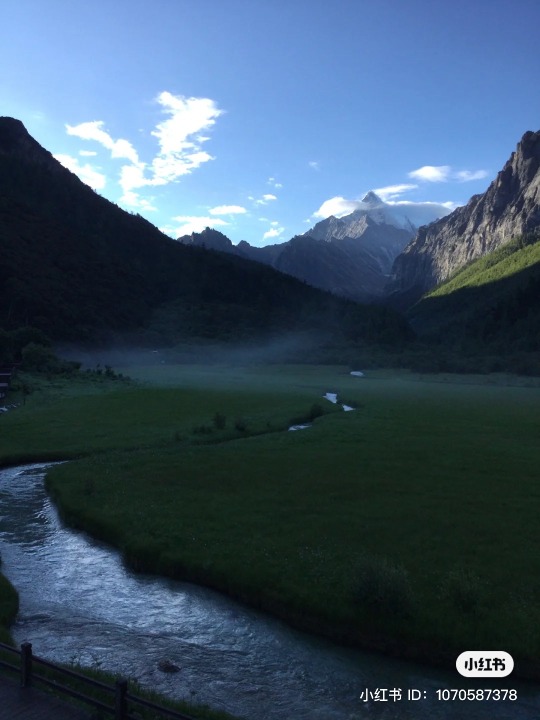

42 notes
·
View notes
Text
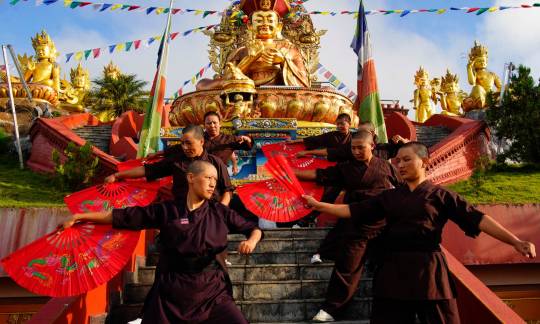
The 350 women of the Drukpa dragon order are highly skilled in martial arts, which they practice six days a week. They also help the sick, rescue animals, pick up litter and can rewire a temple.
Above, fans are employed as part of the ritual in front of the statue. The fans look harmless but can be equipped with a blade for self-defense.
Photograph by Skanda Gautam
61 notes
·
View notes
Text
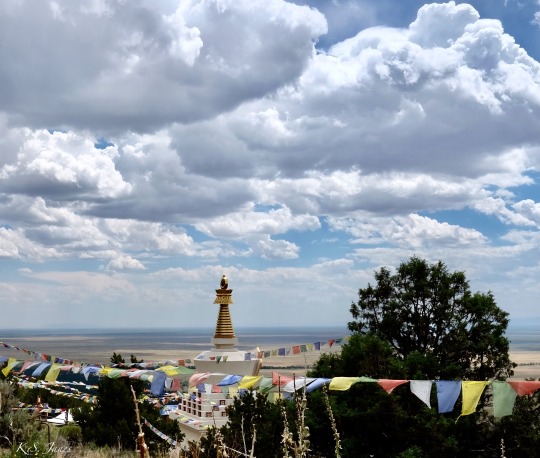
This relatively modern Tibetan stupa shape has eight versions, each presenting one of the eight stages of the Buddha’s life and path. The Tashi Gomang Stupa is known as ‘Stupa of Many Auspicious Doors,’ representing the Buddha’s first teachings at Deer Park in Sarnath, revealing the truth of suffering, the cause of suffering and the skillful means to bring about the cessation of suffering. This type of stupa emphasizes the many ways in which the practice of the Dharma teachings can be of benefit in gaining clarity and stability in one’s life. Located high above the San Luis Valley with a spectacular view of several distant mountain ranges.
82 notes
·
View notes